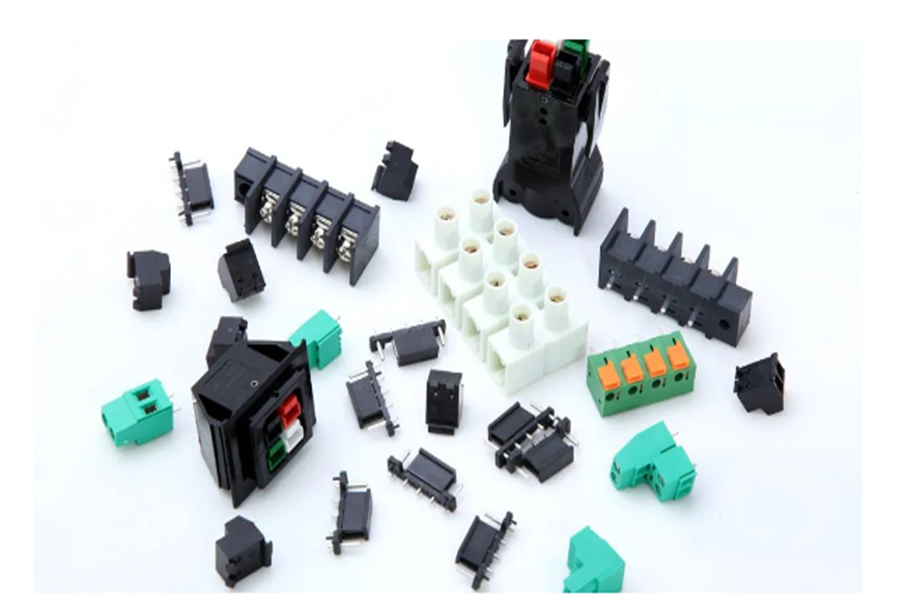
Senile hearing loss, most of which are sensorineural hearing loss, are mostly considered to be due to the aging process, the slow progressive aging process that occurs together with the hearing organs and other different tissues and organs of the body, and the physiological phenomenon of hearing loss.
1. Audiological performance
The pure-tone hearing curve of senile hearing loss can be expressed as a descending type, a steep descending type or a flat type.
2, clinical manifestations
Generally, sensorineural hearing loss with gradual loss of both ears;
No revival or manifestation of incomplete revival;
No noise contact history; speech recognition threshold is not proportional to pure tone hearing threshold.
In view of the above-mentioned performance of the elderly hearing loss population, how should we choose to wear the hearing aids during the fitting process of hearing aids? When hearing aids are first selected, hearing-impaired people do not know about hearing aids, so they often cannot choose the correct wearing on their own. Side by side.
In this situation, the fitter needs to provide a reasonable hearing solution for the elderly with hearing loss through pre-selection, audition and correct guidance.
1. Bilateral symmetrical hearing loss:
When the hearing impaired person shows bilateral symmetrical hearing loss, it is generally recommended that the user choose the ears. The benefits of binaural matching are as follows:
1. Suppress noise and improve signal-to-noise ratio
2, improve the overall loudness of hearing, reduce the overall output gain of hearing aids
3. The sound sounds more balanced, improving the three-dimensional sense, sound quality and clarity of the sound
4. Avoid head shadow effect and improve sound source localization
5. Avoid hearing loss and non-eared hearing and speech recognition
6, suppress tinnitus
2. Bilateral asymmetric hearing loss:
When the hearing impaired person shows bilateral asymmetrical hearing loss, they tend to think that the ear with the better hearing is the “good ear”, and there is no need for matching, only the other side has the bad ear.
In fact, wearing hearing aids with only one ear can make the sound heard on the left and right ears unbalanced, making listening difficult in many environments. To combat this situation, the fitter should try to perform binaural fitting for patients with hearing loss to prevent hearing deprivation in the better ear within the next 4-5 years.
However, if the hearing impaired has contraindications for binaural mating, or if the subjectivity is too strong to perform binaural mating, monoauric mating can be based on the following principles:
1. Hearing aids with poor ears can get enough help, and better ears can perform some functions without hearing aids
2 If the hearing loss of both ears is in the range of 55-80dB HL, choose the side closest to 65dB HL
3. Choose the side with better speech recognition ability
4. Prefer the side with a flat audiogram
5.Select the side with wider dynamic range
6. When the hearing loss of the two ears is not much different, consider the ear habit of the hearing impaired and choose the side that is used habitually
Of course, for those who have no contraindications to binaural matching, but for some reason they can only or only temporarily choose one ear, the fitter must still inform them of the advantages of binaural matching and remind the hearing impaired to choose one ear Limitations that may exist in many environments. If it appears:
1. I feel unable to cope when I need to communicate with many people at the same time in a quiet environment
2. Listening to distant or small sounds in a quiet environment, feeling laborious
3. In a noisy environment, even if the noise reduction function is turned on, I still feel that the noise is too large
4. When communicating with people in a noisy environment, we cannot distinguish between noise and speech.
5. When watching TV at home, I still feel a little laborious even if I turn up the volume.
6. It is often impossible to distinguish which ear the sound comes from, which causes a lot of inconvenience in life
If the above-mentioned corresponding situation occurs in people with senile hearing loss, it means that single ear matching is not enough to meet their daily needs, and binaural matching is needed. In general, the shorter the interval between mono ear replacement and binaural replacement, the better, to avoid hearing deprivation or decreased speech resolution in the unselected ears, which affects the wearing effect of both ears.
Selecting the wearing side is an important process to improve the accuracy of hearing aid selection. The fitter should consider the side of the wearer’s actual situation and subjective needs to provide correct and effective wearing recommendations for elderly hearing loss people.
Link:How to choose hearing aids for the elderly with hearing impairment?
REF: Hearing Aids, BTE Hearing Aids, Hearing LossThe article comes from the Internet. If there is any infringement, please contact service@jhhearingaids.com to delete it.






